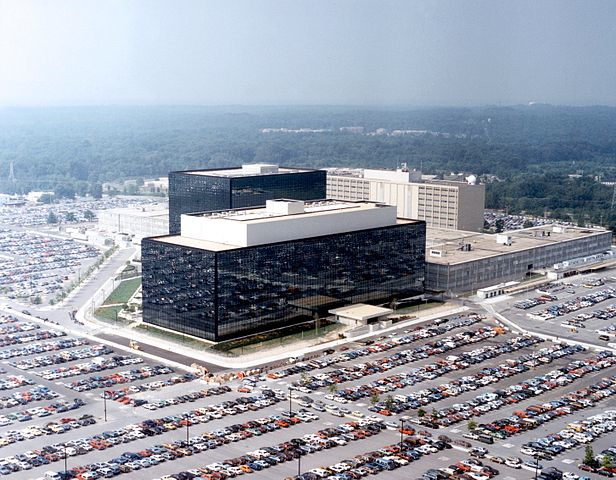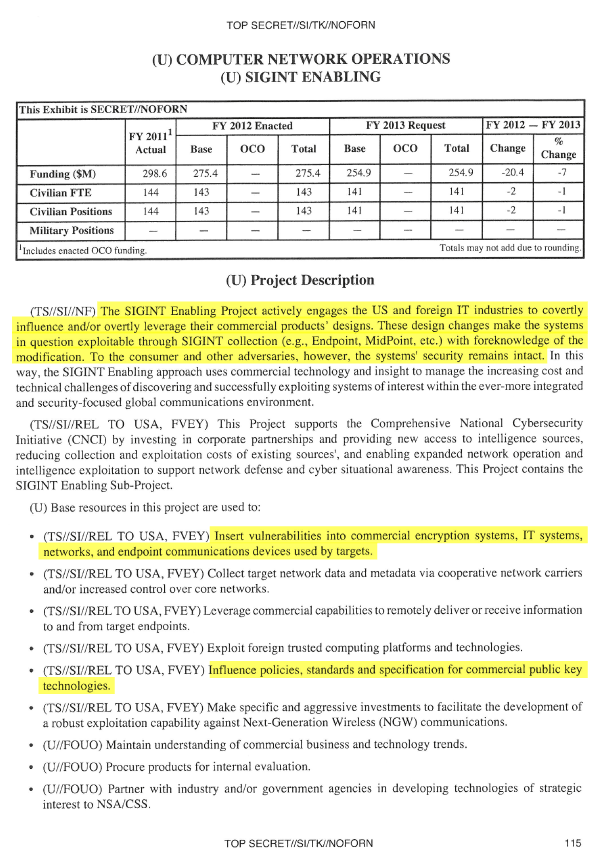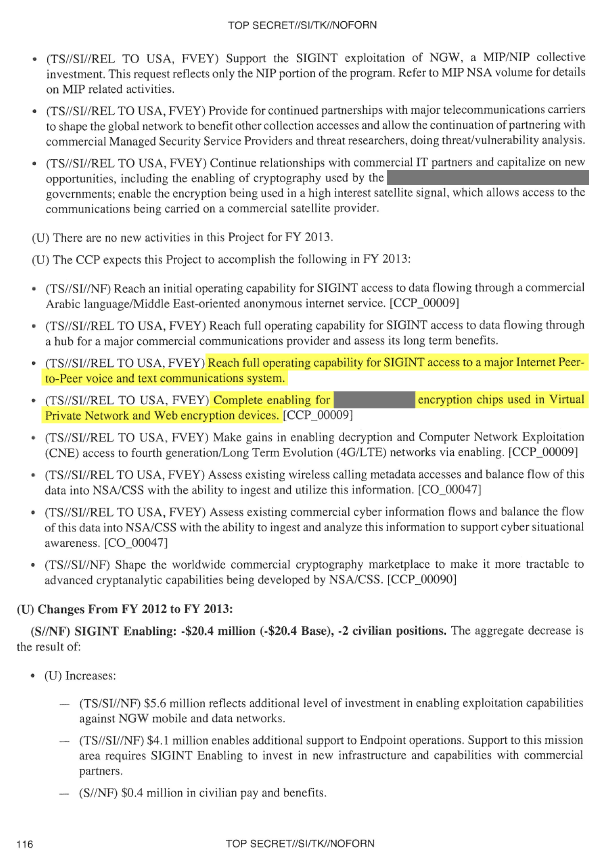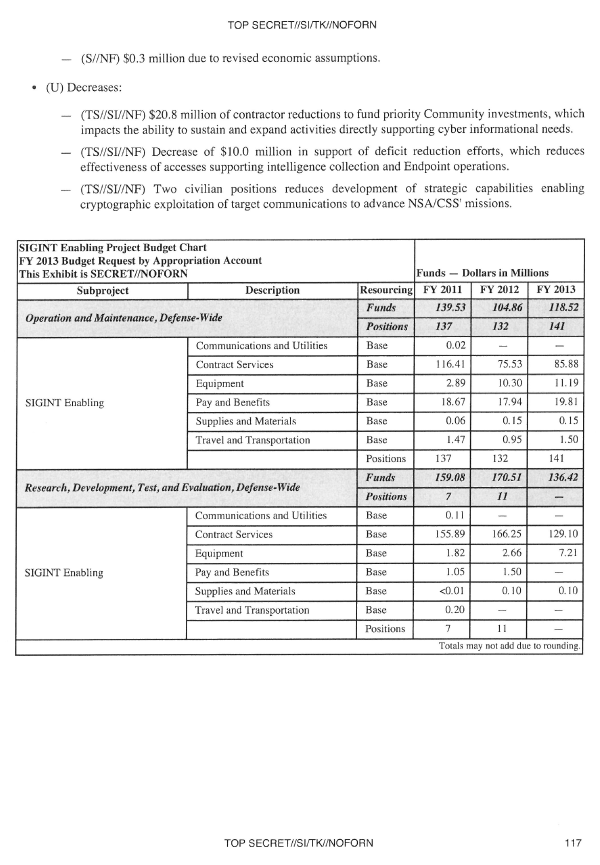NSA cracks most Internet encryption, inserts back doors, The New York Times reveals
September 6, 2013
 The NSA has circumvented or cracked much of the encryption, or digital scrambling, that guards global commerce and banking systems, protects sensitive data like trade secrets and medical records, and automatically secures the e-mails, Web searches, Internet chats, and phone calls of Americans and others around the world, The New York Times reports.
The NSA has circumvented or cracked much of the encryption, or digital scrambling, that guards global commerce and banking systems, protects sensitive data like trade secrets and medical records, and automatically secures the e-mails, Web searches, Internet chats, and phone calls of Americans and others around the world, The New York Times reports.
The agency, according to documents provided to The Times and ProPublica by Edward J. Snowden and interviews with industry officials:
- Deployed custom-built, superfast computers to break codes
- Collaborated with technology companies in the United States and abroad to build in back doors
- Coerced some companies into handing over their master encryption keys or building in a back door
- Covertly introduced weaknesses into the encryption standards followed by hardware and software developers, or altered their software or hardware.
- Worked with chipmakers to insert back doors or by exploiting security flaws
- Had partnerships with major telecommunications carriers
- Had access to Microsoft’s most popular services, including Outlook e-mail, Skype Internet phone calls and chats, and SkyDrive, the company’s cloud storage service.
- Cracked enryptions of Secure Sockets Layer (SSL); virtual private networks (VPNs), and the protection used on 4G smartphones
- Accessed the world’s fiber optic cables and Internet hubs
Other links:
Secret Documents Reveal N.S.A. Campaign Against Encryption
Excerpt from 2013 Intelligence Budget Request
Excerpt from the NSA’s 2013 budget request:


